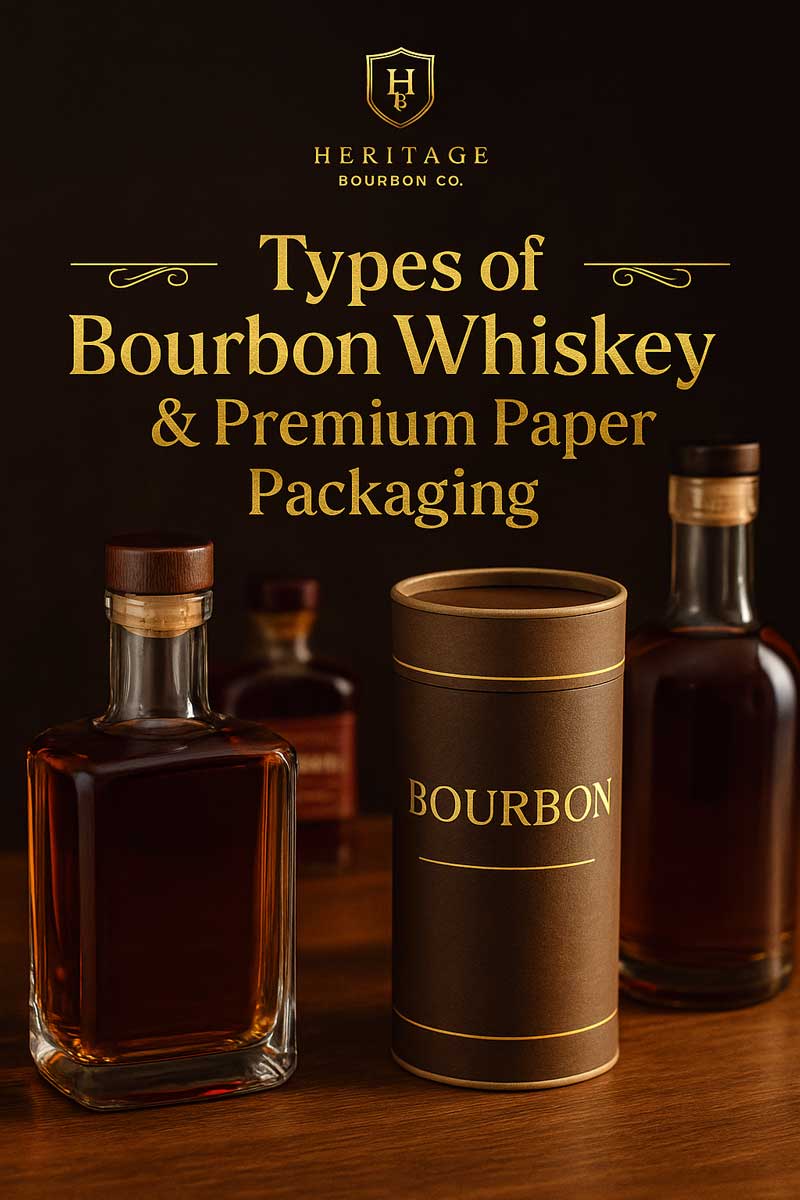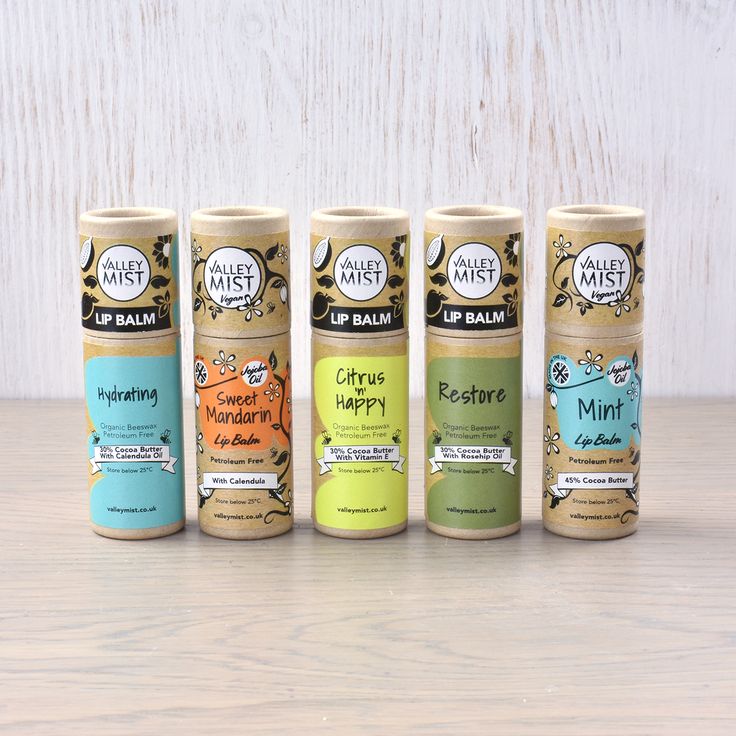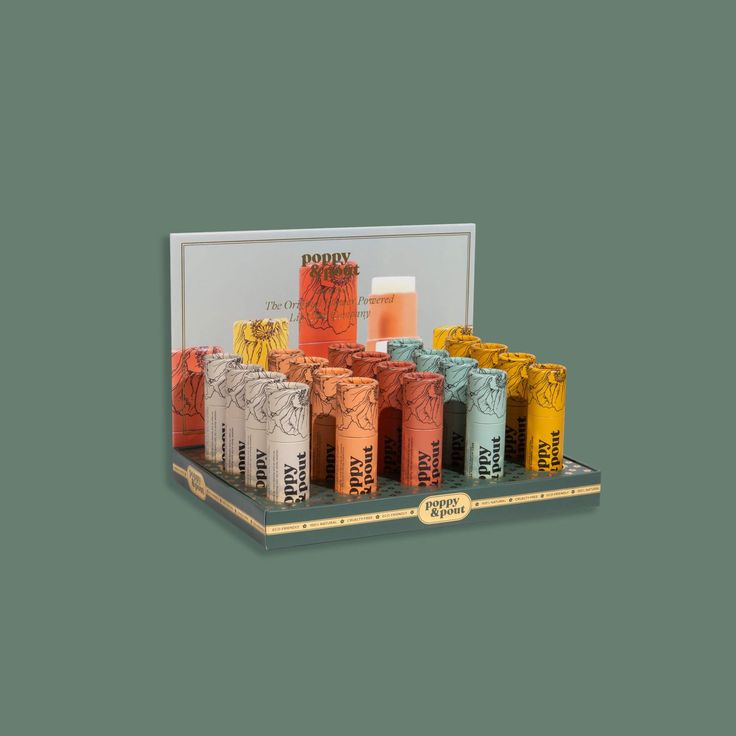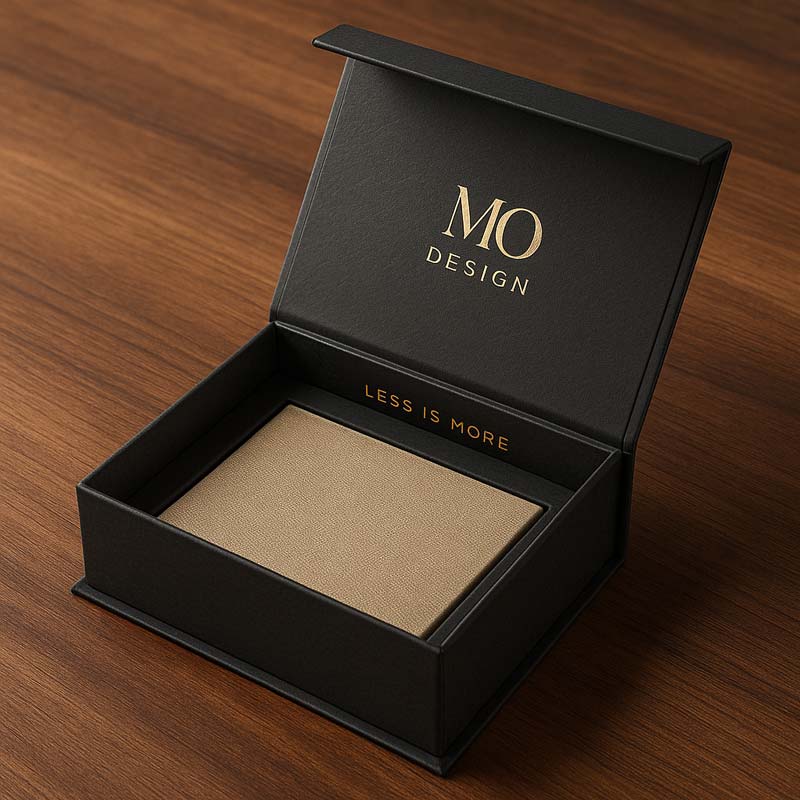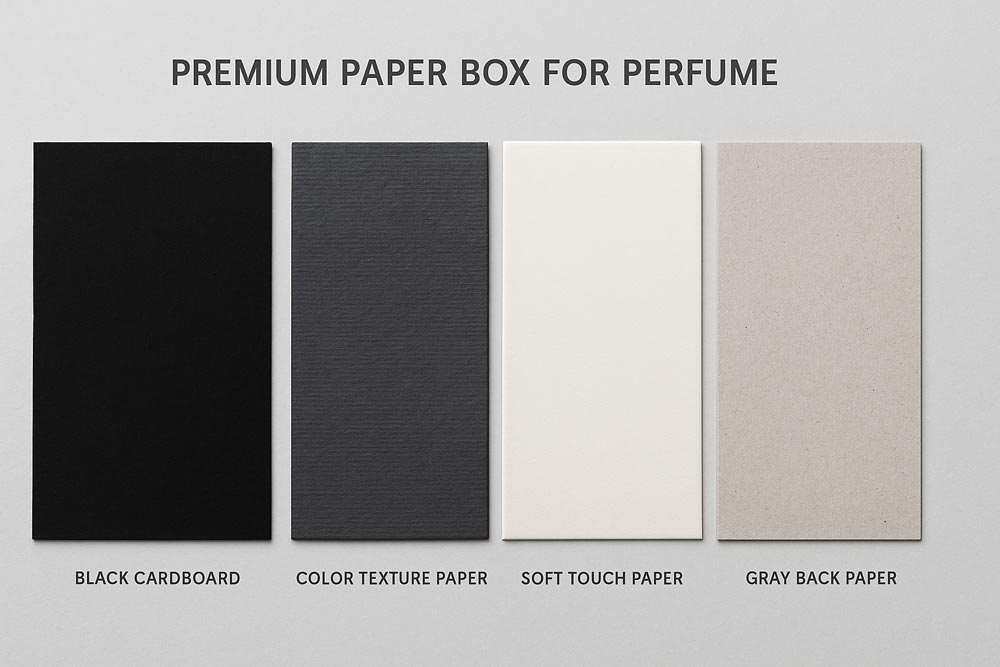
As a manufacturer specializing in food cardboard tubes, we understand that the sealing process is crucial for ensuring that the products inside maintain their freshness, quality, and shelf life. The right sealing method not only prevents spoilage but also impacts consumer trust and satisfaction. In this guide, we’ll walk you through the various sealing methods for food cardboard tubes, their advantages and drawbacks, and help you choose the best method for your packaging needs.
Why Sealing Matters for Food Cardboard Tubes
When it comes to food cardboard tubes, the seal plays a vital role in maintaining the integrity of the packaging. An effective seal will:
- Prevent the entry of air, moisture, and light, all of which are key contributors to food spoilage.
- Protect against microbial contamination, which can lead to product degradation.
- Ensure product freshness by locking in the flavors and nutrients of food.
A well-sealed food cardboard tube can extend shelf life, preserve quality, and enhance the consumer experience. As a manufacturer, our goal is to provide the most effective, sustainable, and cost-efficient sealing solutions to our customers.
Sealing Methods for Food Cardboard Tubes
Here are the common sealing methods we use at our facility, along with their pros, cons, and environmental impact:
1. Self-Adhesive Film Sealing
Self-adhesive film is one of the simplest sealing methods for food cardboard tubes. This food-grade aluminum foil comes with an adhesive backing, making it easy to apply and seal the tube manually or semi-automatically.
Pros:
- Quick and cost-effective for small batches.
- Ideal for dry food products like snacks, tea, or nuts.
Cons:
- Seal quality can be inconsistent, and the airtightness may not be ideal.
- Vulnerable to moisture infiltration over time, which can reduce product shelf life.
Environmental Impact:
- Although recyclable, the aluminum in self-adhesive films has a higher environmental cost compared to paper-based solutions.
Best For: Dry foods such as nuts, dried fruits, and snacks.
2. Induction Sealing
Induction sealing is a highly effective sealing method where an induction sealing machine is used to apply electromagnetic heat to bond a foil layer to the top of the food cardboard tube. This method ensures an airtight seal, preventing air, moisture, and contaminants from entering.
Pros:
- Excellent for moisture-sensitive products, such as coffee and spices.
- Extends shelf life significantly by creating a strong, tamper-evident seal.
Cons:
- Requires specialized equipment, which adds to production costs.
- Additional materials (such as foil liners) may be necessary, increasing the overall cost per unit.
Environmental Impact:
- Though the foil is recyclable, the induction process itself is energy-intensive.
Best For: Coffee, tea, powdered spices, and other moisture-sensitive foods.
3. Plastic and Aluminum Plug Lid
Plastic and aluminum plug lid are commonly used for sealing food cardboard tubes, offering a twist-off or push-on closure. These caps provide a reliable seal and allow consumers to reseal the product after opening.
Pros:
- Resealable, which improves convenience for consumers.
- Widely available and easy to apply.
Cons:
- Requires additional parts, such as caps, which can increase material and labor costs.
- Not suitable for products that require airtight sealing.
Environmental Impact:
- Plastic plug lid are less environmentally friendly, but aluminum caps are more recyclable.
Best For: Snacks, candies, and products that don’t require a fully airtight seal.
4. Tear-off Aluminum Foil Ring Sealing
The tear-off aluminum foil sealing method is more sophisticated than a simple peelable membrane. It involves an aluminum ring with an integrated tear-off membrane or pull-tab layer. This sealing mechanism requires specialized equipment to attach the aluminum ring securely to the cardboard tube, creating a highly effective and tamper-evident closure.
How It Works
- Aluminum Ring Application: The aluminum ring, which forms the outer frame of the closure, is pressed and crimped onto the top edge of the food cardboard tube using a sealing machine. This creates a strong bond between the tube and the aluminum ring.
- Tear-off or Pull-tab Membrane: The center of the aluminum ring features a sealed layer, which can either be a tear-off membrane or a pull-tab foil. This membrane ensures the product remains airtight and fresh inside the tube.
- Consumer Interaction: Customers can easily open the package by pulling the tab or tearing off the membrane, providing convenience while maintaining product integrity until the moment of use.
Pros:
- Airtight Seal: The combination of the aluminum ring and foil membrane provides a highly effective barrier against air, moisture, and contaminants, ensuring product freshness.
- Tamper-evident: The seal visibly shows if the package has been opened, which enhances customer confidence in product safety.
- Consumer-friendly Design: The pull-tab or tear-off feature is easy to use, offering a seamless opening experience for end users.
- Durability: The aluminum ring reinforces the top of the cardboard tube, adding structural integrity and making the packaging more robust during storage and transportation.
Cons:
- Equipment Requirement: This method requires specialized crimping and sealing machines, which may increase initial investment costs for manufacturers.
- Material Use: The aluminum components add to material costs and may not align with fully sustainable packaging goals unless recycled effectively.
5. Shrink Wrap Sealing
Shrink wrap sealing involves wrapping a plastic film around the food cardboard tube and then using heat to shrink it tightly around the packaging. This method helps secure the product and provides additional protection during shipping.
Pros:
- Provides a physical barrier that protects the product during transit.
- Offers a clean, professional look for multi-pack or bulk items.
Cons:
- The seal is not airtight and may not be sufficient for moisture-sensitive products.
- Requires additional shrink-wrap equipment, which can be costly for small brands.
Environmental Impact:
- Shrink wrap is typically made from plastic, which is not biodegradable and can contribute to environmental waste.
Best For: Bulk items, multi-packs, and products that require extra protection during shipping.
Comparison Table: Sealing Methods for Food Cardboard Tubes:
| Sealing Method | Pros | Cons | Environmental Impact |
| Self-Adhesive Film | Quick, cost-effective, easy application | May not be airtight, moisture can seep through | Recyclable but energy-intensive |
| Induction Sealing | Airtight, extends shelf life, tamper-evident | Requires specialized equipment, extra materials needed | Recyclable but energy-intensive |
| Plastic Plug Lid | Resealable, reliable closure | Requires additional components, not ideal for airtight seal | Less sustainable |
| Metal Plug Lid | Resealable, reliable closure | Requires additional components, not ideal for airtight seal | Recyclable |
| Tear-off Aluminum Ring | Airtight, tamper-evident, high-quality seal | Requires sealing machine, foil may tear unevenly | Aluminum production is energy-intensive |
| Shrink Wrap Sealing | Provides physical protection during shipping | Not airtight, not ideal for moisture-sensitive products | No recyclable |
Conclusion
As a manufacturer of food cardboard tubes, we understand that the sealing process is just as important as the materials used in the tube itself. The right seal ensures your product stays fresh, maintains its quality, and reaches consumers in optimal condition. By understanding the various sealing options available, manufacturers can choose the most appropriate solution based on their product needs, production capabilities, and sustainability goals.
From self-adhesive films for dry foods to induction sealing for moisture-sensitive items, we offer a range of sealing methods that provide reliable, airtight protection for food products. At the same time, we strive to incorporate eco-friendly and sustainable packaging solutions, ensuring that your food packaging not only preserves freshness but also meets consumer expectations for environmentally responsible practices.
If you are looking for packing machine meantimes, you can refer to some sealing machine manufacturers in this blog: packing machine suppliers.

